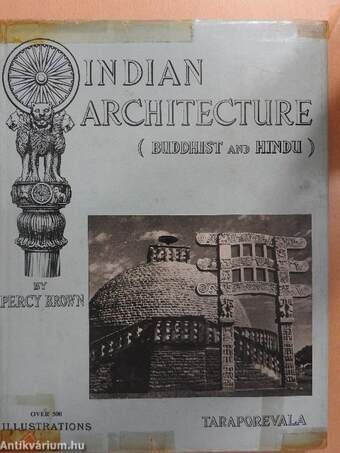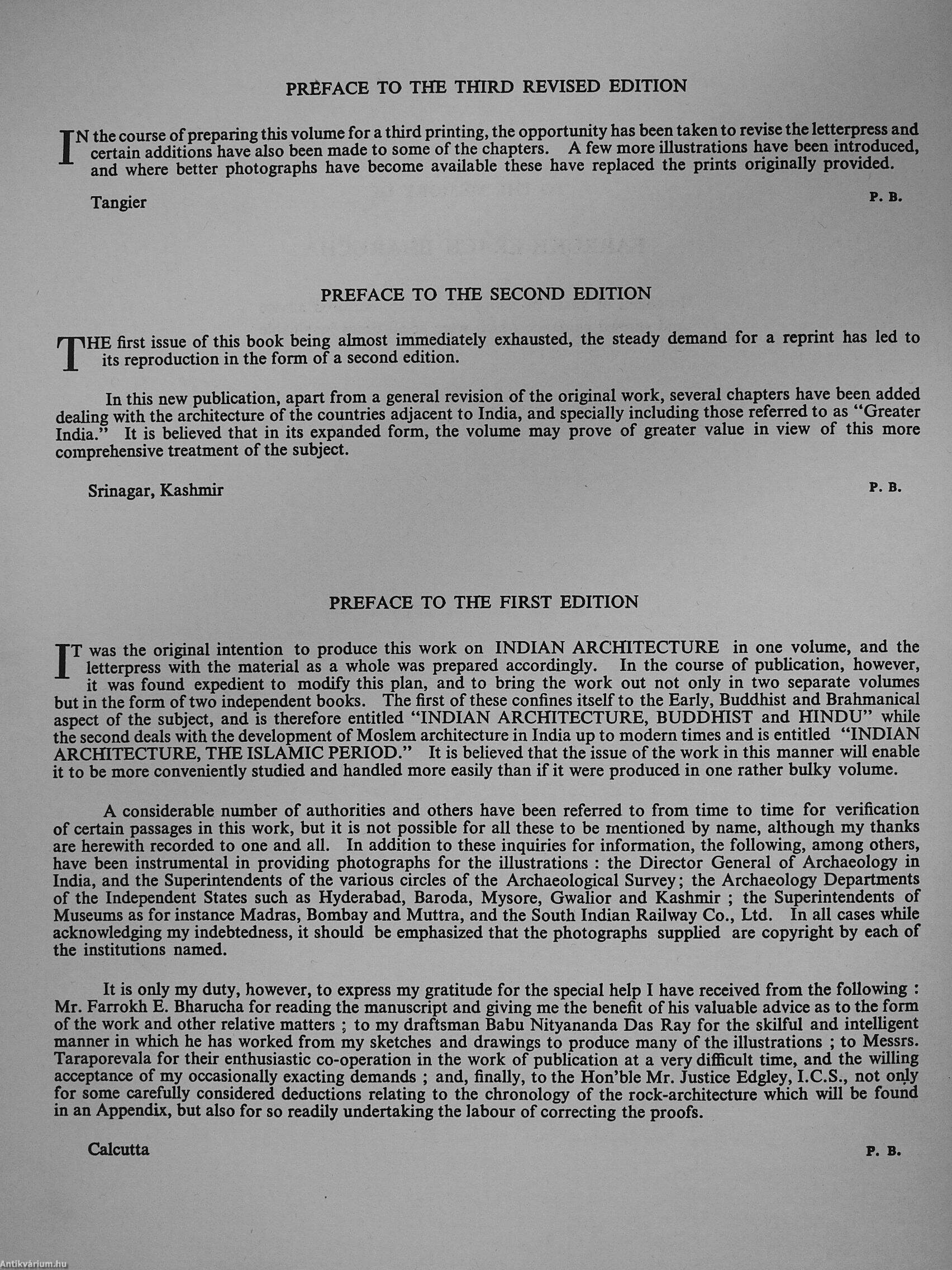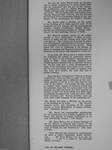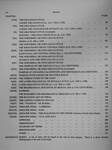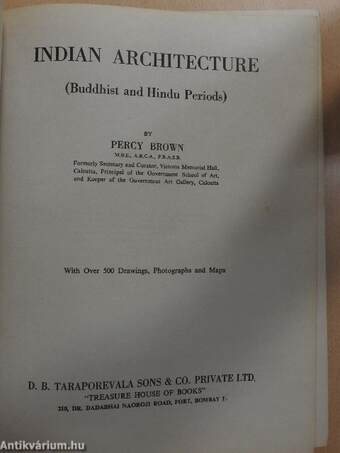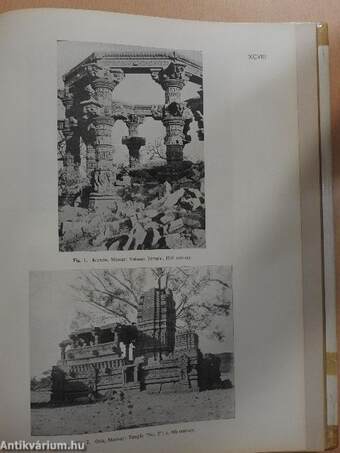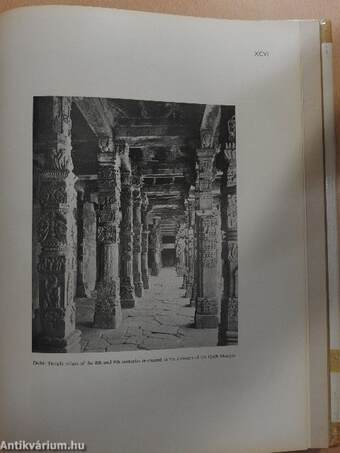1.063.262
kiadvánnyal nyújtjuk Magyarország legnagyobb antikvár könyv-kínálatát

VISSZA
A TETEJÉRE
JAVASLATOKÉszre-
vételek
Indian Architecture
Buddhist and Hindu Periods
| Kiadó: | D. B. Taraporevala Sons & Co. Ltd. |
|---|---|
| Kiadás helye: | Bombay |
| Kiadás éve: | |
| Kötés típusa: | Fűzött kemény papírkötés |
| Oldalszám: | 216 oldal |
| Sorozatcím: | |
| Kötetszám: | |
| Nyelv: | Angol |
| Méret: | 29 cm x 22 cm |
| ISBN: | |
| Megjegyzés: | Fekete-fehér illusztrációkkal. |
naponta értesítjük a beérkező friss
kiadványokról
naponta értesítjük a beérkező friss
kiadványokról
Előszó
TovábbFülszöveg
The late Mr. Percy Brown needs no introduction to Indian students nor to those outside India who are acquainted with the arts of this country. His publications, such as "Indian Painting" and "Indian Painting under the Moghuls", are authoritative works. He was the Secretary and Curator of the Victoria Memorial Hall, Calcutta, and was formerly the Principal of the Government School of Art, and Keeper of the Government Art Gallery, Calcutta.
Mr. Brown spent a life-time on the survey of the building art in India and the result of his researches are this Volume and the accompanying Volume, "Indian Architecture, Islamic Period." He has also contributed chapters on "Indian Architecture" in the Cambridge History of India.
Mr. Brown's masterly review of the subject extends to every development of ideas of architecture in India and the sources from which they were derived. The Volumes are illustrated by numerous photographic reproductions of the most important examples of architecture in... Tovább
Fülszöveg
The late Mr. Percy Brown needs no introduction to Indian students nor to those outside India who are acquainted with the arts of this country. His publications, such as "Indian Painting" and "Indian Painting under the Moghuls", are authoritative works. He was the Secretary and Curator of the Victoria Memorial Hall, Calcutta, and was formerly the Principal of the Government School of Art, and Keeper of the Government Art Gallery, Calcutta.
Mr. Brown spent a life-time on the survey of the building art in India and the result of his researches are this Volume and the accompanying Volume, "Indian Architecture, Islamic Period." He has also contributed chapters on "Indian Architecture" in the Cambridge History of India.
Mr. Brown's masterly review of the subject extends to every development of ideas of architecture in India and the sources from which they were derived. The Volumes are illustrated by numerous photographic reproductions of the most important examples of architecture in the country. What makes this work so interesting is the number of plates of drawings and diagrams prepared under the directions of the author and explanatory of the text.
As an artist, Mr. Brown was in a unique position for explaining the subject by conjectural restorations of some of the well-known architectural remains in India. These drawings, prepared from reliable sources combined with his personal research, for the first time give a visual demonstration of many of the well-known monuments of the country now in ruins and enable the reader to imagine what they must have looked like when they were in perfect condition.
Since the days of Fergusson's "History of Indian Architecture" there has been no study of the entire subject so thorough and so definitive as this work, which promises to be for a very long time the last word on the subject. No expense has been spared to produce these volumes in attractive format and the publishers hope that this monumental work will maintain the high reputation they have acquired on account of their Art books which have been highly commended throughout the world and about which Truth (London) said, "Europe certainly could not show more noble examples of the publishing art."
"Mr. Brown has spent a life-time on the survey
of the building art in India Mr. Brown's
masterly survey, and exposition of the subject, extends to every development of Indian Architecture." (Hindustan Review).
"Mr. Brown has unsurpassable qualifications for the presentation of a reliable elucidation of the theory and practice of Indian Architecture in its truly bewildering varieties." (The Hindu).
"Mr. Percy Brown who as former Principal of the Art School in Calcutta and Curator of the Victoria Memorial Hall has devoted a life-time to the study of Indian Art and Architecture." (The Times of India).
"Percy Brown's pen succeeds in reconstructing the glory of India's magnificent ancient architecture Mr. Percy Brown's text is no less excellent " (Dr. C. L. Fabri in The Illustrated
Weekly of India).
VOL. II—ISLAMIC PERIOD. Vissza
Témakörök
Percy Brown
Percy Brown műveinek az Antikvarium.hu-n kapható vagy előjegyezhető listáját itt tekintheti meg: Percy Brown könyvek, művekMegvásárolható példányok
Nincs megvásárolható példány
A könyv összes megrendelhető példánya elfogyott. Ha kívánja, előjegyezheti a könyvet, és amint a könyv egy újabb példánya elérhető lesz, értesítjük.



